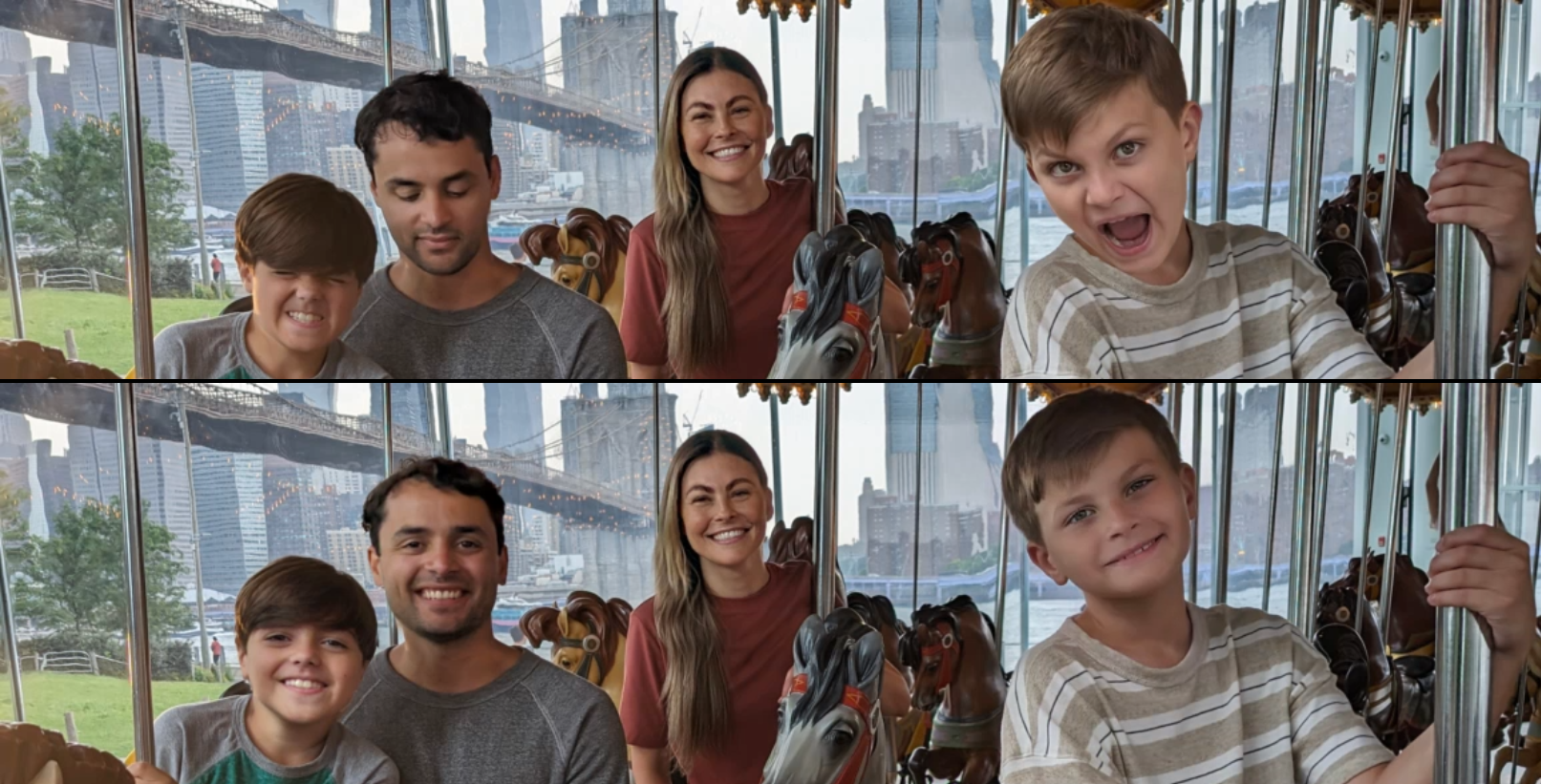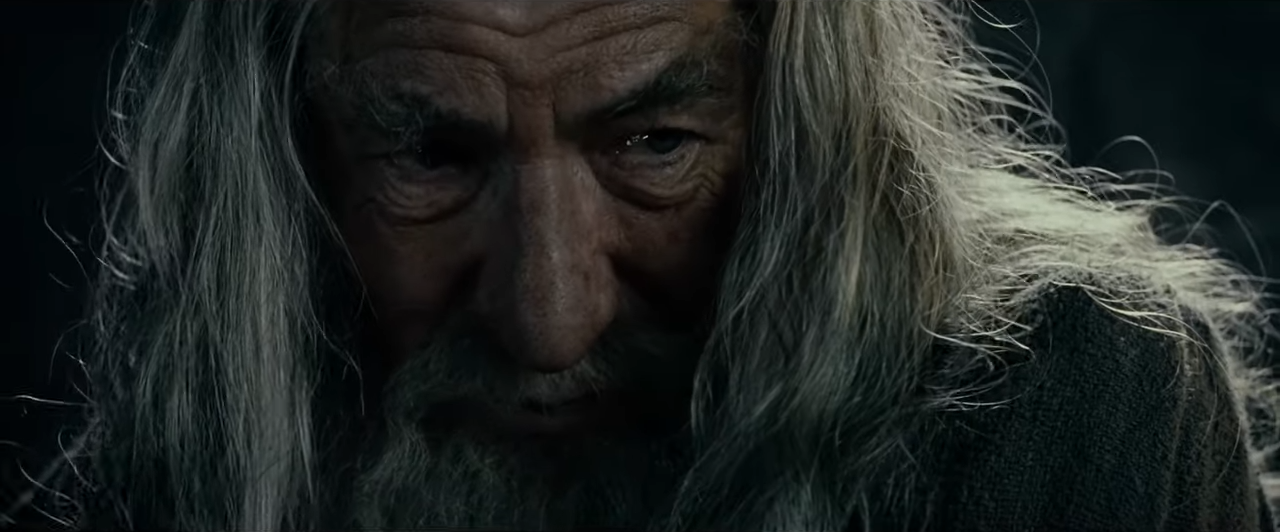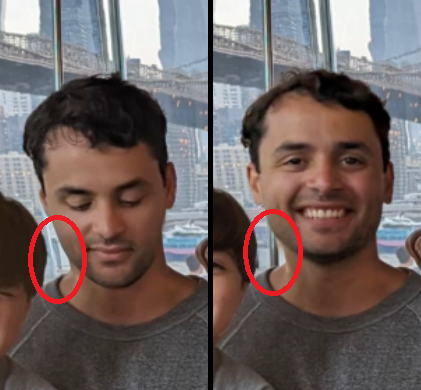Improved by AI, or not.
Spoiler: Generative AI is spreading everywhere, even in our phones. But is this such good news for society?
The other day, while I was reading some news, I came across an “article” praising the possibilities of AI-enhanced image editing on the latest Google phones (pixels 8). Technically, it is not the phone that does these improvements but the photos application but let's skip this point of detail.
Just paraphrasing the official commercial brochure, we were told that Google's AI would be able to improve our photos by replacing sad faces with smiling versions. It's true, who has never been frustrated to see their beautiful photo ruined by distracted models who don't smile at the right time?

What shocked me was not the possibilities for miraculous retouching. They have been present in this type of application for several years and it is only a matter of gradual improvements. To be honest, their migration to smartphones is due to the increase in network speeds which allow photos to be transferred to data centers which do the calculations.
What shocked me was the treatment of these innovations considered as progress for Humanity; miraculous benefits that we would all expect and embrace with enthusiasm. Long live AI, long live Google!
So let's step back and see where we land...
Rewriting History
Let's start with the true purpose of these algorithms.
If you wanted to take photos like a professional you will be disappointed. Nothing is done to improve shaky framing or awkward exposure conditions. If you don't know how to take a photo to highlight a subject and tell its story, none of these algorithms will help you.
The only purpose of these algorithms is to modify the content. A sad face? the AI makes him smile. Does the lifeguard chair bother you on the beach? the AI removes it. The sky isn’t romantic enough? the AI replaces it with a sunset.
But back to the smile… in one of my albums, you could find a photo where despite the injunction to smile we all pull a face. And fortunately! because this photo tells and transmits with fidelity and accuracy the atmosphere of this unforgettable moment. From this point of view, I find it perfect.
If it had been edited like these apps tell us to do, the original message would be completely lost. Replaced with a blatant lie; a betrayal.
Thanks to these innovations, rewriting history has never been so easier. No matter what face I make, no matter the setting, the photographer will be able to change everything to tell another story. His own, or the one his community prefers. And all, unknowing my consent.
Identity dissonance
As a parent I can only wonder what impact these innovations will have on my children in cyberspace, and on how to prepare them for it... And the misinformation was the easy part.
Adolescence is, among other things, the discovery and affirmation of one’s identity. This stage of life where we discover that there is a difference between what we would like to be, what we really are and how we are perceived. And all our lives we will try to reduce this difference.
The thing is, cyberspace is just a world of imaginary perceptions that almost completely obscures who we really are. There is only what we see (and what we would like to be) and what we show (and how we are perceived there). And that will pose two big problems…
The first problem is when our teenagers will be overwhelmed by all these edited photos. Their daily life already does not compare with all these influencers who professionally refine their appearances. By democratizing photo editing, these AIs are only making the situation worse...

For teenagers, these images represent what they want to be. Of course this is only the result of algorithmic generation and filtering fueled by socio-cultural biases, but for them, these are absolute aesthetic canons to which they must conform.
And the gulf between what they want to be and what they can show is almost unbridgeable. Faced with these idealized images, some will choose the depression of not being up to their will, others will try in vain to fill the gap (i.e. anorexia but not only) and some could choose to cheat: also retouch their picture.
Which brings us to the second problem. In the short term, these adjustments using AI will actually reduce the difference. But the approach is toxic.
Because by retouching their photos, AI tells our teenagers “luckily I’m here to beautify you”. Each time they use it they will be aware that their daily life (what they are) does not meet their will and, worse, that they are incapable of closing the gap without cheating.
These cheaters thought they had hacked the system, they only got bogged down by adding another problem: how can they now accept the difference between what they really are and what they show on the networks? Including once in real life because for many teenagers, virtual and real are only two sides of the same reality.
And now imagine the effect that a parent’s edit will produce? What message do these edits carry for teens?
And now ?
Even if it meant innovating on AI, Google and cie could have directed their R&D towards tools for recognizing retouched images... we could then have easily sorted the wheat from the chaff, avoiding some misinformation in the process. And let’s be crazy; integrate this tool into the suggestion algorithms to penalize this type of content…
We regularly engage with kids and teens, parents, governments, industry leaders, and experts in the fields of privacy, child safety, wellbeing and education to design better, safer products for kids and teens.
Mindy Brooks @ Google in Giving kids and teens a safer experience online, August 10 2021
But no ; When Google asked itself what would be useful for us, what would make the Internet a safer place for our children and teenagers, they chose to democratize photo editing and the production of propaganda in industrial quantities.
The web of a million lies.
Vernor Vinge in “A Fire on the Abyss”
Dont Act.
And after ?
We cannot isolate our children from cyberspace, it is impossible. Sooner or later they will go see what is there. If, like Frodo in Moria, you wish “none of this had happened”, the answer may perhaps be sought from Gandalf…

So what do we do with the time we have got? It's quite simple when you think about it...
As always, promote good self-esteem. In everyday life but in particular by never editing our photos, and especially never those where they appear. Let’s show them that we are proud of them.
Then, as we already did with photos in magazines, let's make them aware of image editing and cultivate their critical thinking. We can take advantage of “YouTube evenings” to share what we watch on the internet and have fun criticizing edits and other fakes.
And as usual, connect them to reality as much as possible. By rationing cyber-diving time, by allowing them to cultivate a network of friends, by filling disconnection time with activities that are good for them. Sports, especially martial arts, are very good substitutes for strengthening one's presence in the real world.
Epilogue
Since we're talking about having fun detecting montages and other fakes, why not start with the official demo clip I talked about at the beginning of this article. You can find the short version on the Google store and a slightly longer version on youtube.
If you look closely, you'll see that the narrative isn't coherent; the original photo contains inconsistencies that do not appear in the version supposed to be produced by the AI.
The following screenshot shows you an example (but there are others). The vertical bar in the carousel is full height and only appears complete on the final version (right). It is incomplete on the original version (left).

It is therefore not a demonstration of the functionality but a montage which pretends. The promotional clip “super dad” confirms this with its mention “Features simulated” which appears for the first three seconds (and encourages dads to throw their babies as high as possible but that's another story).